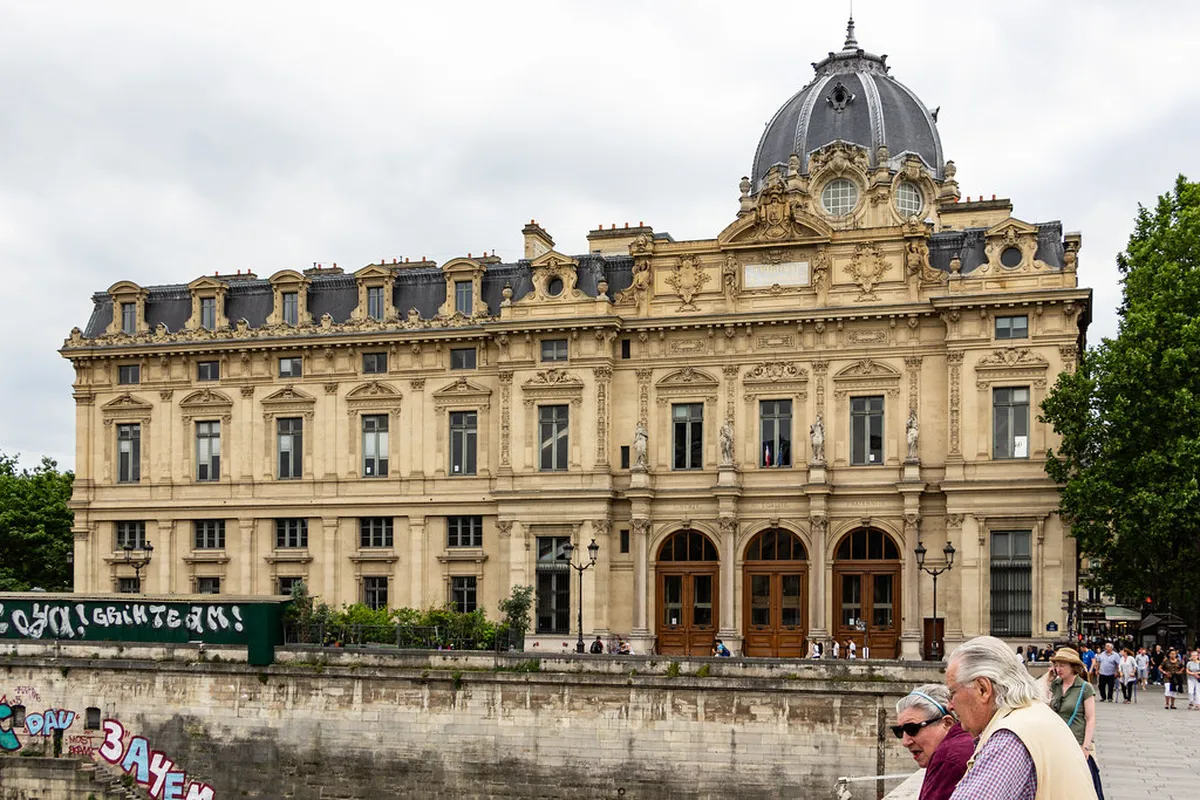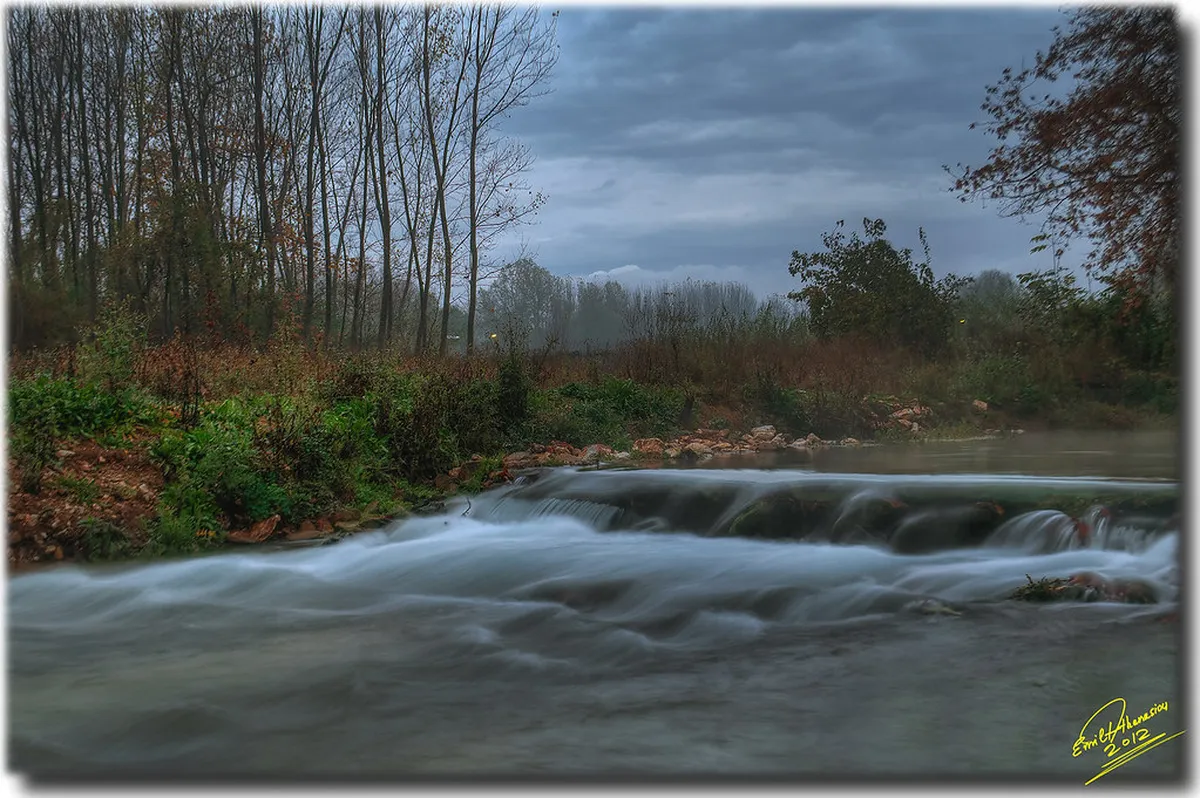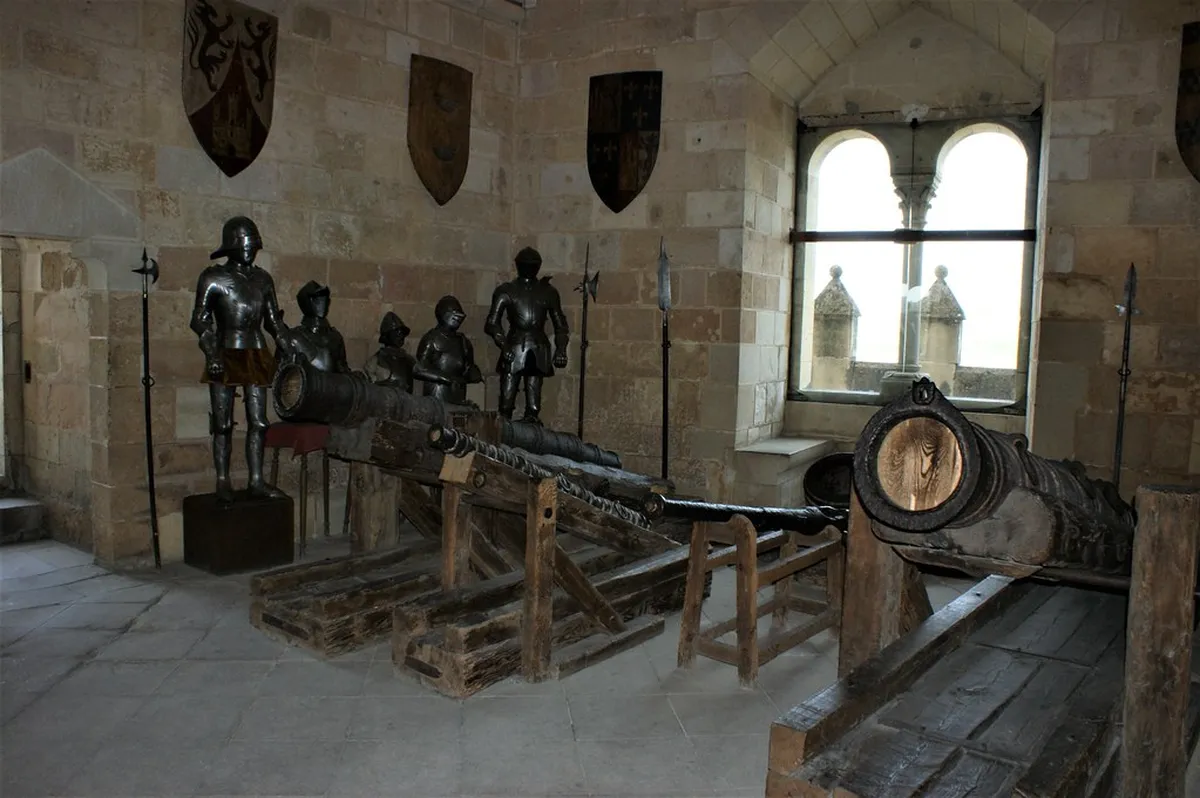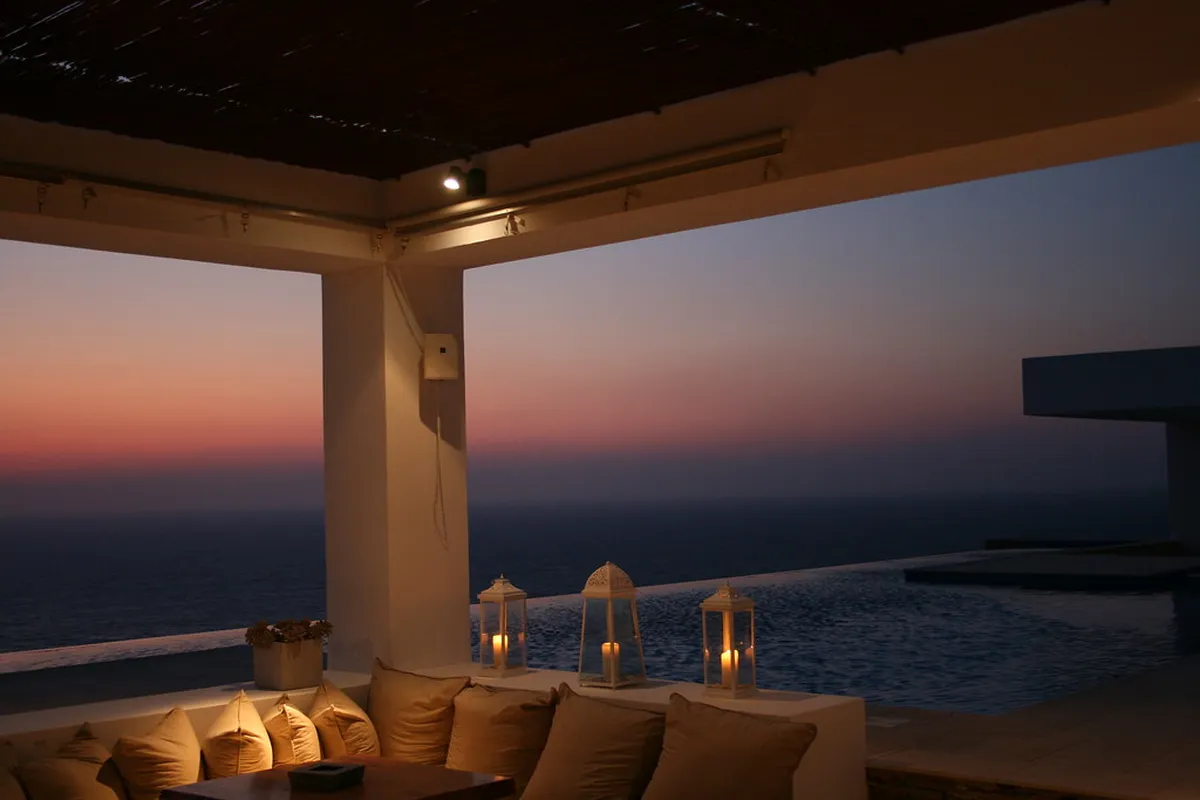Embrace Brescia's Rich Local Culture and Traditions
Brescia, Italy, offers a rich tapestry of history and tradition. This often-overlooked city provides an authentic Italian experience. Understanding the Brescia local culture enhances any visit. You can discover ancient Roman ruins and medieval charm. This guide will help you embrace Brescia's unique spirit for your 2025 trip. Dive into the heart of Lombardy and uncover its hidden gems. Learn about planning your adventure with our Brescia itinerary.
The city's past is deeply woven into its present. You will find layers of history everywhere you look. From Roman theaters to Renaissance palaces, Brescia captivates visitors. Prepare to explore a destination full of surprises. This comprehensive guide will reveal the true essence of this remarkable city. Find out more about essential planning with our Brescia itinerary for first-timers.
Brescia's Storied Past: Roots of its Culture
Plan this trip faster with our free online itinerary maker. Get a personalized day-by-day plan in minutes.
Brescia boasts a history spanning over 3,000 years. It was once a significant Roman city called Brixia. Roman influence shaped its architecture and civic life. The ancient Roman Forum remains a key cultural site today. Visitors can explore the Capitolium and Roman Theatre.
Later, the Lombards made Brescia a powerful duchy. Their legacy is visible in many churches and artworks. Brescia became a strategic city in northern Italy. This long history created a resilient and proud local identity. It continues to define Brescia local culture.
During the Renaissance, Brescia flourished artistically. Painters like Moretto and Savoldo gained fame. The city's art collections are truly impressive. Brescia also played a role in Italy's unification. Its strong spirit earned it the nickname 'Lioness of Italy'.
Understanding this past enriches your visit greatly. It helps you appreciate current traditions. Exploring the historical center is a must. You can delve deeper into its attractions with a Brescia walking tour. Discover the layers of history beneath your feet. Many historical sites offer guided tours. Check specific opening times and ticket costs for 2025. Prices for museum entry generally range from 8-15 Euros. Group discounts may be available.
Brescian Cuisine: Flavors of the Local Culture
Brescian cuisine offers hearty and flavorful dishes. It reflects the region's agricultural bounty. Expect rich flavors and fresh local ingredients. Casoncelli is a signature pasta dish. These stuffed pasta parcels often feature butter and sage sauce.
Another classic is Spiedo Bresciano. This slow-roasted meat dish is a local favorite. It typically includes pork, chicken, and sometimes rabbit. It's cooked on a spit for many hours. This dish is usually enjoyed during special occasions and winter months.
Lake Iseo influences local fish dishes. Try tinca al forno (baked tench). Polenta often accompanies many meals. Brescia produces excellent wines, especially from Franciacorta. These sparkling wines are world-renowned. Consider visiting a local winery for a tasting. You can find more specific culinary advice in our guide to the best Brescia food experiences.
Dining out in Brescia is a social affair. Restaurants called trattorias offer authentic meals. A typical dinner might cost 25-40 Euros per person. Reservations are often wise, especially on weekends. Look for daily specials for fresh, seasonal options. Many places close for a few hours in the afternoon. Most kitchens open for dinner around 7:00 PM.
Festivals and Traditions: Celebrating Brescia
Brescia's calendar is full of vibrant festivals. These events showcase the city's lively spirit. Many traditions have religious or historical roots. The Mille Miglia is a famous vintage car race. It attracts enthusiasts globally every May. The race starts and ends in Brescia.
Local religious festivals are also important. The Feast of Saints Faustino and Giovita is celebrated on February 15th. They are the city's patron saints. A large market fills the city streets. This tradition dates back centuries. It offers a glimpse into authentic Brescia local culture.
During Christmas, the city lights up. Traditional markets appear in various piazzas. You can find handmade crafts and local delicacies. Piazza della Loggia is particularly festive. Many small towns surrounding Brescia also have unique celebrations. Exploring them makes for great Brescia day trip ideas.
These events offer wonderful opportunities for immersion. Check the 2025 local tourism calendar before your trip. Participation is often free for street festivals. Special concert tickets might be required. Embrace the joyful atmosphere and mingle with locals. Public transport works well during these busy times. Learn more about getting around Brescia easily during these periods.
Art and Architecture: Brescia's Cultural Landscape
Brescia's artistic heritage is impressive. The city is home to significant historical buildings. The Brescia Museums Foundation oversees key sites. These include the UNESCO-listed Santa Giulia Museum. This former monastery houses Roman, Lombard, and Venetian art. Allow at least three hours for a thorough visit.
The Duomo Nuovo (New Cathedral) dominates Piazza Paolo VI. Its impressive dome is a city landmark. Nearby, the Duomo Vecchio (Old Cathedral) stands. This eleventh-century rotunda is equally striking. Both offer unique architectural insights. Entry to the cathedrals is typically free, but donations are appreciated.
Pinacoteca Tosio Martinengo showcases Renaissance masterpieces. It features works by local Brescian artists. The city's art scene extends to modern galleries too. You will find public art installations throughout the center. Consider booking your Brescia attraction tickets in advance. This saves time during peak season.
Wandering through Brescia's piazzas is an artistic experience itself. Piazza della Loggia is a Renaissance marvel. Piazza della Vittoria boasts Rationalist architecture. Each square tells a story through its design. Look for hidden frescoes and sculptures. This truly defines the Brescia local culture. Discover more about the city's must-see attractions. Read our guide on Brescia must-see attractions.
Daily Life and Etiquette in Brescia
Brescian daily life blends tradition with modernity. Locals value family and community deeply. You will often see families strolling in the evenings. The pace of life is generally relaxed. Mornings begin with coffee and a pastry at a local bar. This is a cherished daily ritual.
Afternoons bring a quiet period, often called a ripolino. Many shops close between 1:00 PM and 3:30 PM. They reopen until about 7:30 PM or 8:00 PM. Plan your shopping accordingly. This cultural rhythm affects tourist activities. Evenings are for leisurely dinners and socializing. Experiencing this routine is part of understanding Brescia local culture.
When interacting with locals, politeness is key. Always greet shopkeepers with Buongiorno or Buonasera. A simple Grazie (thank you) goes a long way. Dress respectfully when visiting churches. Shoulders and knees should be covered. Italians appreciate efforts to speak a few words of their language. These small gestures show respect.
Tipping is not as common as in other countries. A small tip of a few Euros for good service is appreciated. Service charges may sometimes be included. Always check your bill. Enjoy the friendly atmosphere. Brescia is generally safe for tourists. Embrace the relaxed local customs. You will enjoy a more immersive and authentic travel experience in 2025.
Frequently Asked Questions
What are the essential cultural experiences in Brescia?
Essential cultural experiences include visiting Santa Giulia Museum. Explore the Roman Forum and Capitolium. Wander through Piazza della Loggia. Enjoy traditional Brescian cuisine like casoncelli. Attend a local festival if your visit aligns. These activities offer a deep dive into Brescia local culture. Consider a walking tour for a curated experience.
How can I best engage with Brescia's local community?
Engage with locals by visiting neighborhood markets. Try ordering coffee at a small bar. Practice basic Italian phrases. Attend local events and festivals. Being polite and respectful of customs helps. Dining at traditional trattorias fosters interaction. Our food guide offers tips on local eateries.
What unique traditions should I know about in Brescia?
Brescia has several unique traditions. The Mille Miglia historic car race is world-famous. The Feast of Saints Faustino and Giovita in February is important. Local markets are a daily tradition. Observing the afternoon ripolino is part of daily life. These traditions define the unique Brescia local culture. Plan your visit during the best time to visit Brescia to catch these events.
Brescia offers a truly authentic Italian cultural experience. From ancient history to vibrant modern life, it invites exploration. We hope this Brescia local culture guide helps you plan your 2025 adventure. Embrace the food, art, and traditions. Your journey into the heart of Lombardy will be unforgettable. For more travel tips, visit iTimaker.com. Start planning your dream trip to Brescia today!
Key Takeaways
- Brescia's culture blends Roman, Lombard, and Renaissance influences.
- Savor traditional dishes like Casoncelli and Spiedo Bresciano.
- Attend local festivals like the Mille Miglia for unique experiences.
- Explore UNESCO sites such as the Santa Giulia Museum.
- Respect local customs like afternoon closures and polite greetings.



